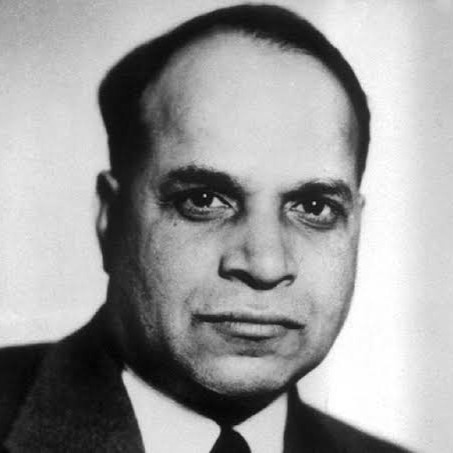Yellapragada Subbarow

Yellapragada Subbarow was born on January 12, 1895, in Bhimavaram, Andhra Pradesh. After completing his schooling, he enrolled at Presidency College in Madras. Following his mother’s wishes, he pursued medical studies at Madras Medical College and then became a lecturer at Madras Ayurvedic College. There, Subbarow explored the potential of Ayurvedic medicinal plants to create effective drugs.
After marrying, he received financial support from his in-laws to study in the USA. In June 1924, Subbarow earned a Diploma in Tropical Medicine and joined Harvard Medical School’s PhD program in Biochemistry under Professor Cyrus Hartwell Fiske. Together, they developed the Fiske-Subbarow method for estimating phosphorus in blood and urine, a breakthrough that by 1925 was included in biological chemistry textbooks. This method, along with the discovery of phosphocreatine, laid the groundwork for identifying adenosine triphosphate (ATP), establishing ATP as the primary energy source for biochemical processes, including muscle contractions, thus challenging previous beliefs about glycogen.
Subbarow’s achievements earned him a PhD and a Rockefeller Foundation Fellowship. In the 1930s, he continued his research on phosphorus compounds and successfully extracted vitamin B12 from pig liver, which proved effective against anemia. In 1940, he joined Lederle Laboratories in New York, leading a team to develop cures for various diseases. One of his notable contributions was using folic acid to create teorpterin, a medicine for leukemia.
Despite spending most of his life in America, Subbarow remained an Indian citizen. His groundbreaking discoveries, though not widely recognized, have saved millions of lives worldwide.
Trivia : Interestingly, in his youth, Dr. Subbarow was associated with the Ramakrishna Mission and had aspirations of becoming a sanyasi (monk).
References:
- Bright Sparks - Indian Scientists by Arvind Gupta
- Article on Y. Subbarow - IAS
- Y. Subbarow - Official Website
- Yellapragada Subbarow - IJDVL